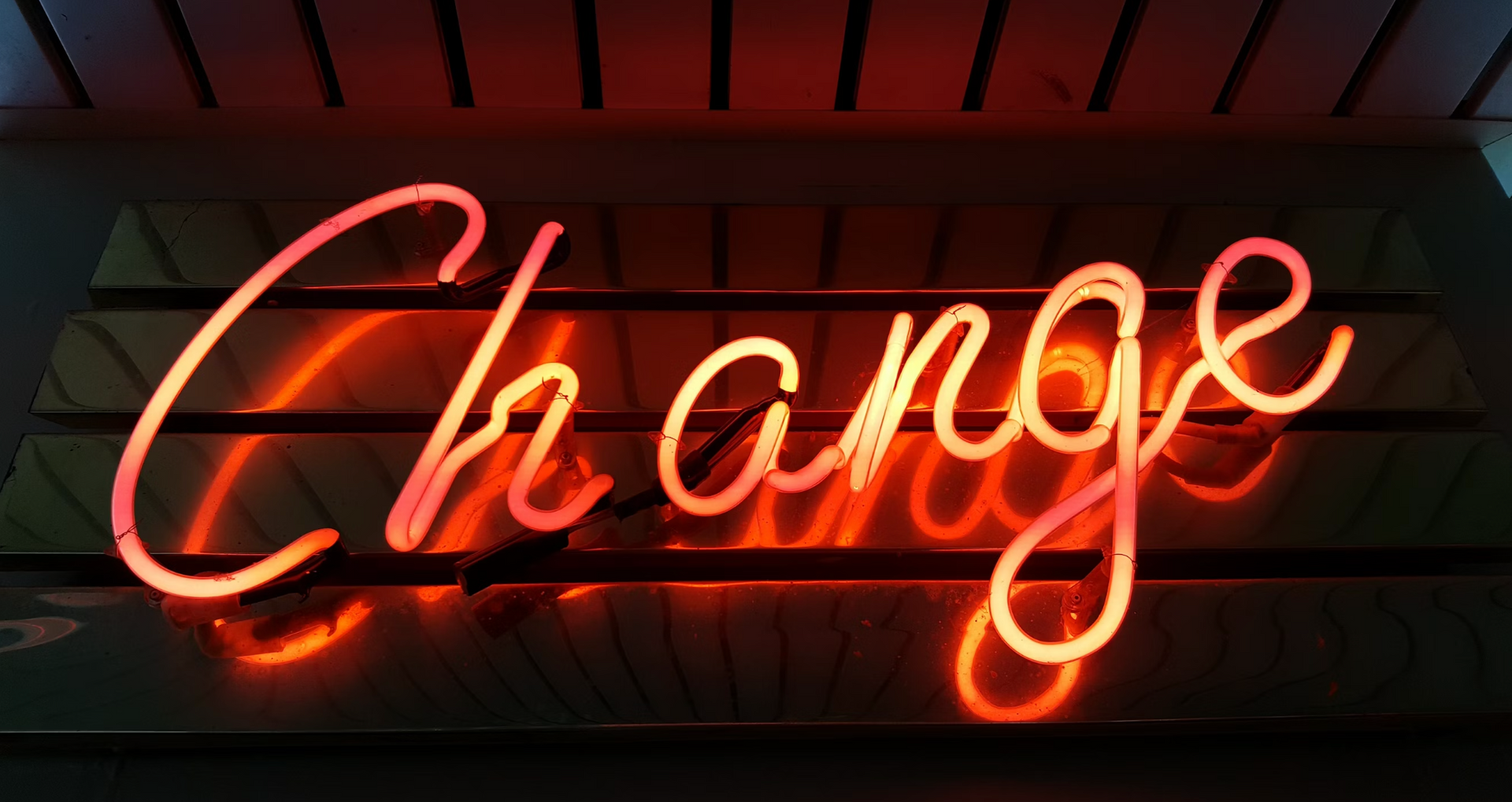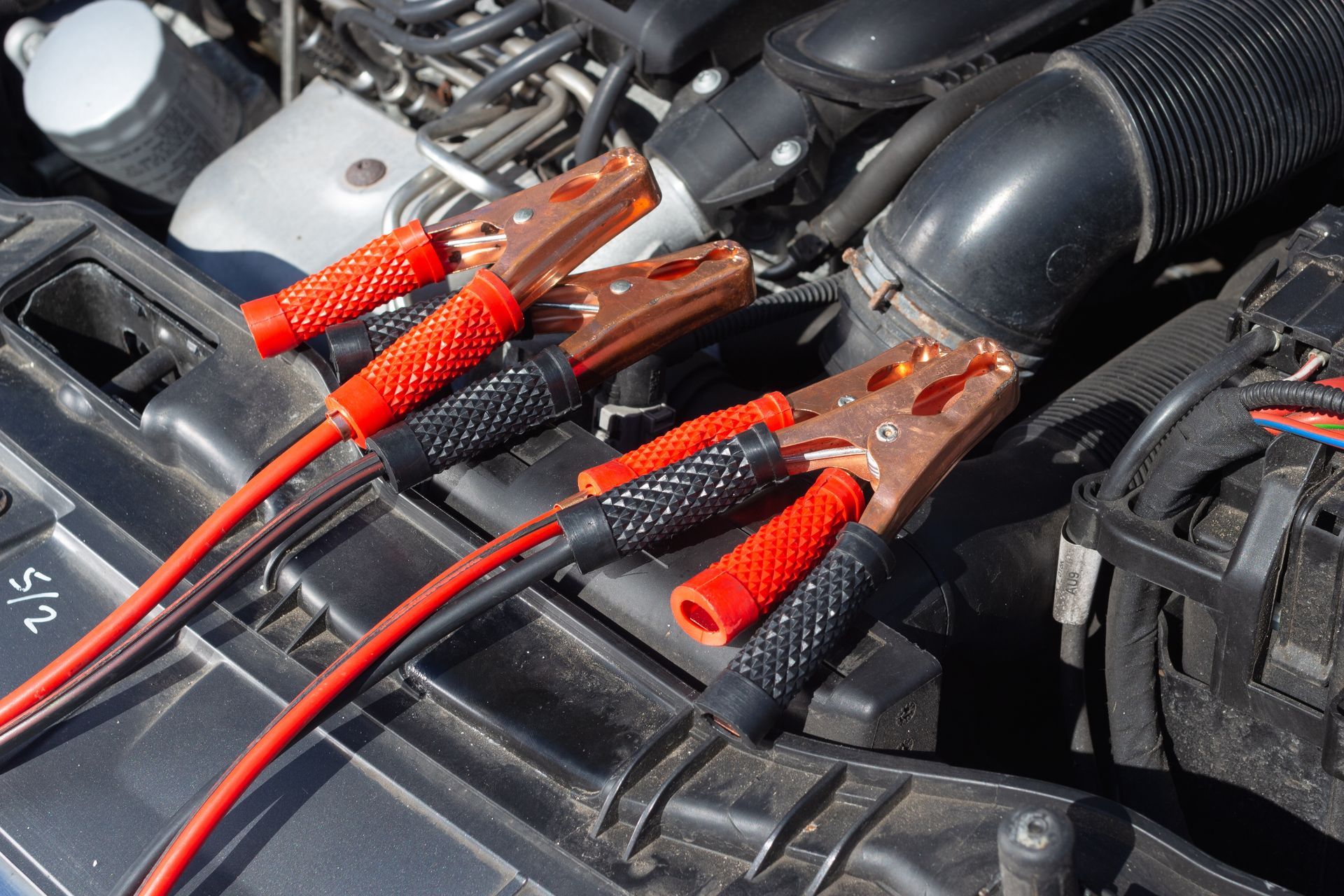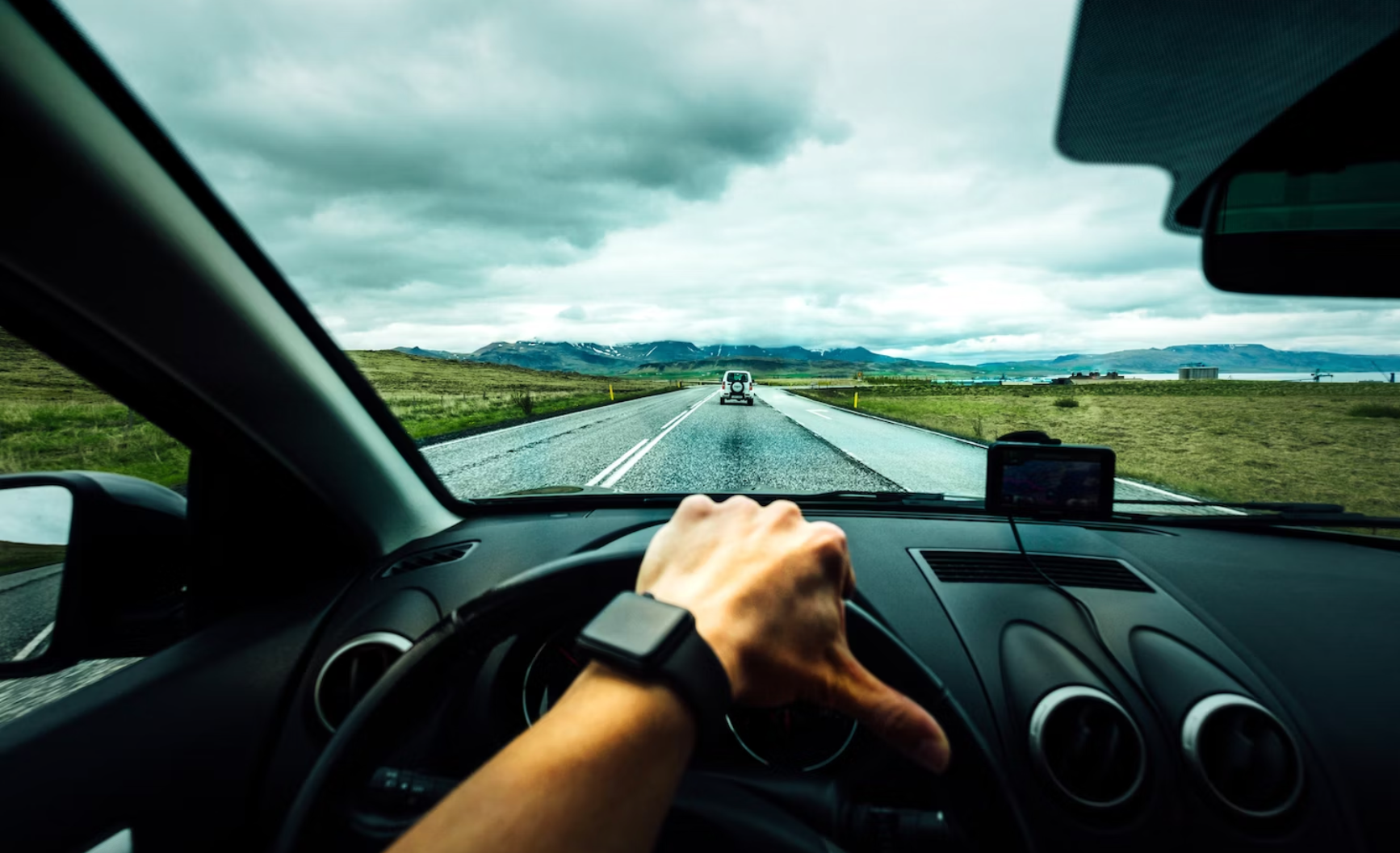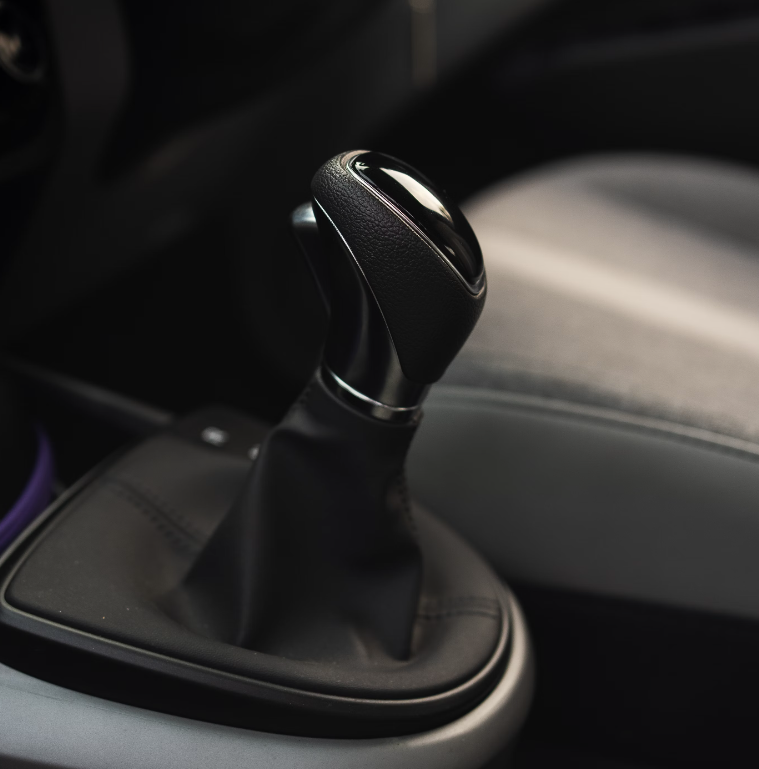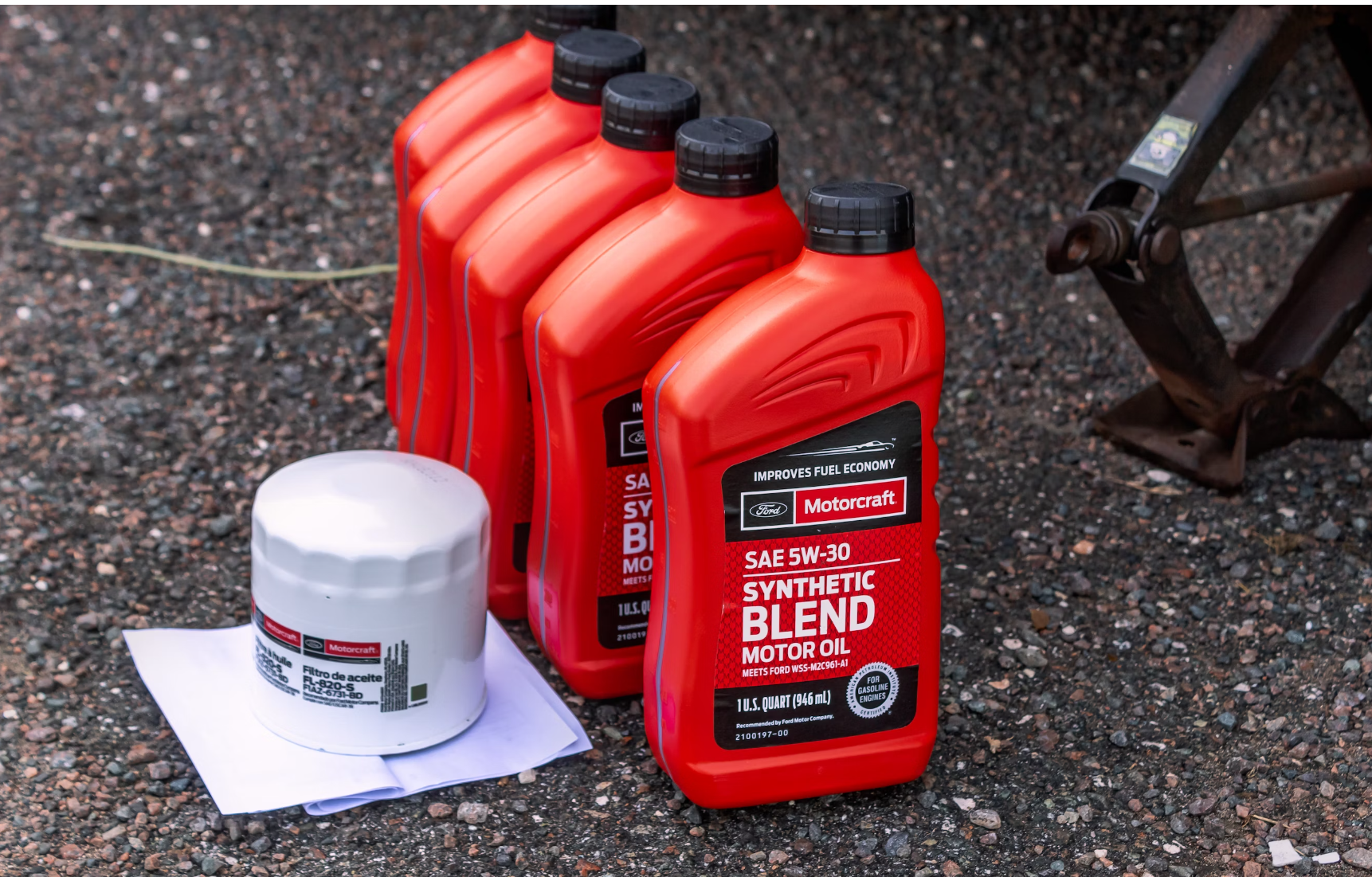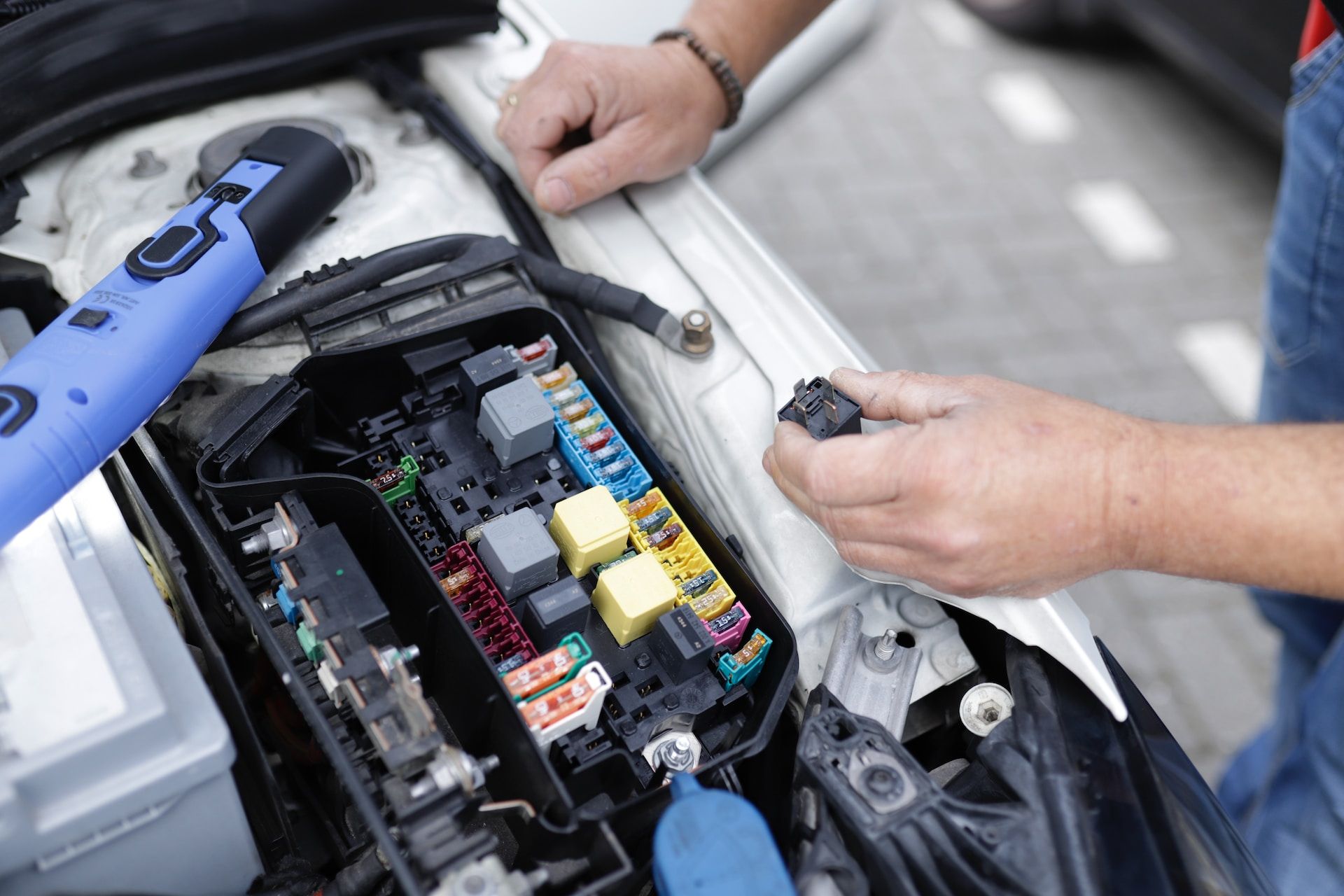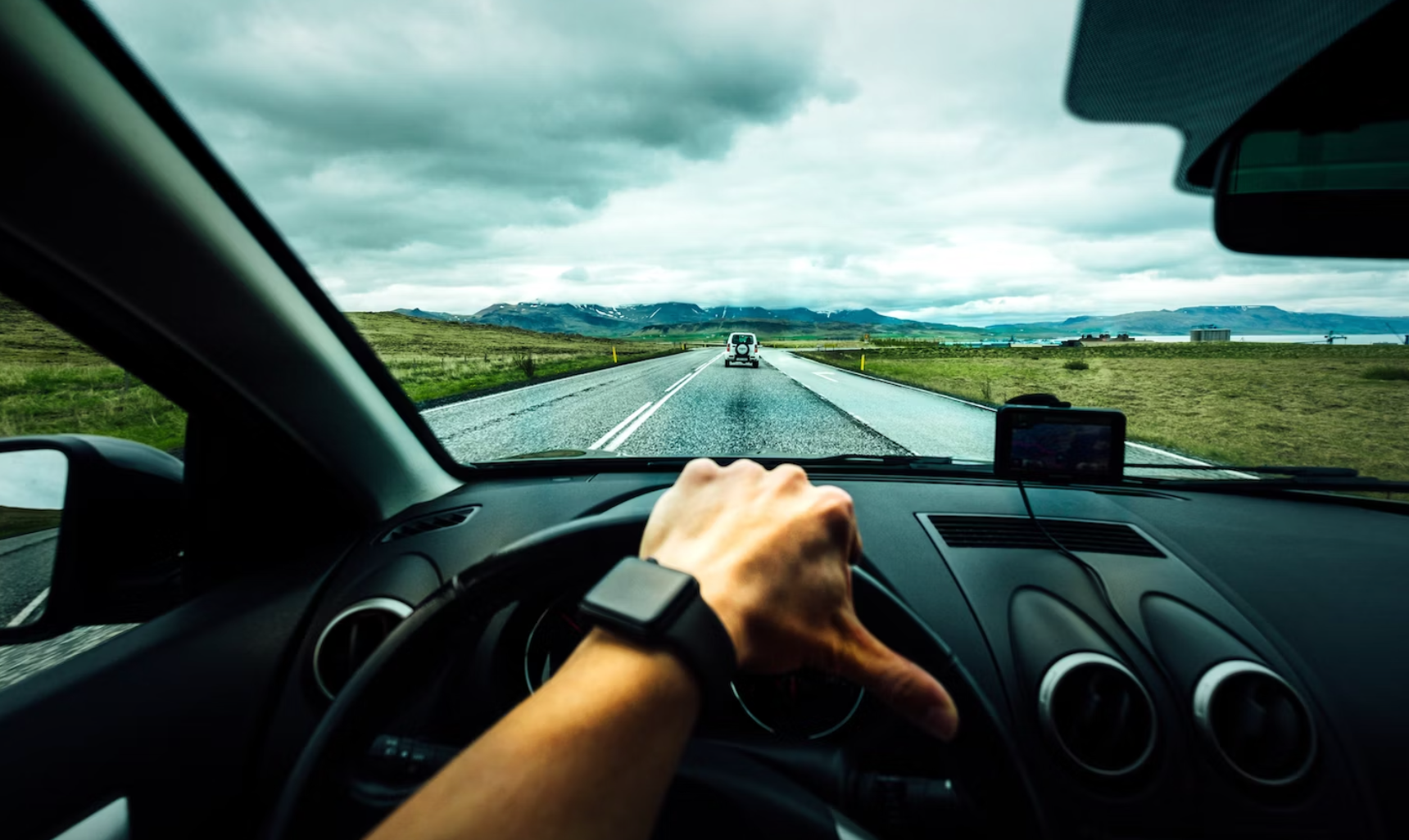What Should I Do If A Dashboard Light Comes On?
What Should I Do If A Dashboard Light Comes On?
Photo by Nik Radzi on Unsplash
You’re cruising down the highway, running on schedule to reach an important destination. Then, out of the corner of your eye, something starts to light up–oh no, a dashboard light! What do you do?
If a dashboard light comes on when driving, pull over safely into the nearest gas station or street to inspect it further. Your handbook can help identify what the light means. Then, assess whether a tow is necessary.
Some lights mean something small–like your gas cap is off or you need gas. Others may indicate something has broken, and you’ll need to get a tow to your mechanic. In this article, we'll guide you through what you should do if a dashboard light comes on, what some common ones mean, and provide our contact info for those in Bremerton who need support!
Understanding Dashboard Lights
Dashboard lights are your car's way of communicating with you. Each light has a specific purpose and meaning. Knowing the different dashboard lights and their implications is essential, as they can vary from simple warnings to potential emergencies. First, consult your handbook to see if your light is listed. This can help cut out a lot of headaches in the meantime! The most common lights are listed below.
The Check Engine Light is one of the most dreaded dashboard lights. When it comes on, it indicates an issue with your car's engine or emission system. While it may not always be urgent, it must be checked promptly to prevent further damage.
The Battery Light usually signals a problem with the car's charging system. It could mean that the battery is not charging correctly, and if left unattended, it could lead to a breakdown.
The Oil Pressure Warning Light indicates a drop in engine oil pressure. Low oil pressure can damage the engine, so it's vital to address this immediately.
The Brake System Warning Light alerts you to potential problems with the braking system. Driving with brake issues can be dangerous, so inspect it immediately.
The ABS Warning Light indicates a problem with the Anti-lock Braking System. While your brakes may still function, the ABS may not engage correctly in emergencies.
The Airbag Warning Light
suggests an issue with the vehicle's airbag system. Your airbags may not deploy correctly during an accident, so having them checked is crucial.
The Tire Pressure Monitoring System (TPMS) Light
alerts you about low tire pressure, affecting the vehicle's handling and fuel efficiency.
The Traction Control Light indicates a problem with the traction control system, reducing your car's stability in slippery conditions.
The Coolant Temperature Warning Light
warns you about an overheating engine, which can lead to severe damage if not addressed immediately.
What To Do When a Dashboard Light Comes On In Ten Easy Steps
If you notice any dashboard light coming on while driving, follow these steps:
Stay Calm: The first and most crucial step is to stay calm. Panicking can lead to poor decisions and may even put you at risk.- Identify the Light: Identify the specific dashboard light that came on. Knowing the exact light will help you understand the severity of the issue.
- Check for Urgency: Some lights, like the Check Engine Light, may not require immediate attention, while others, such as the Oil Pressure Warning Light, demand immediate action.
- Safely Pull Over: If the light indicates a severe problem or affects your driving ability, find a safe place to pull over and turn off the engine.
- Consult Your Owner's Manual: Your vehicle's owner's manual is valuable. It can provide insights into the meaning of the dashboard light and recommended actions.
- Check Gas Cap: A loose or faulty gas cap can sometimes trigger the Check Engine Light. Make sure the gas cap is securely fastened.
- Check Other Gauges: Look at other gauges on the dashboard, such as the temperature gauge or oil pressure gauge, to gather more information.
- Assess Warning Sounds or Odors: Unusual sounds or odors could also accompany the dashboard light, providing additional clues about the problem.
- Restart the Car: Sometimes, dashboard lights may illuminate due to temporary glitches. Restarting the car might cause the light to turn off.
- Proceed With Caution: If the light turns off and everything seems normal, proceed cautiously and continue driving. However, get your car checked at the earliest opportunity.
Consult your handbook if you’re in a spot with no wifi or service. Otherwise, keeping your trusted mechanic's number on hand may be a good idea. Call B&B Auto Repair at (360) 377-0682 if you're in the Bremerton area.
Seeking Professional Assistance from B&B Auto Repair
If the dashboard light remains illuminated or comes on again, it's time to seek professional help. A certified mechanic can diagnose the problem correctly. Here at B&B Auto Repair, we can run a Diagnostic Vehicle Inspection to see what’s happening with your vehicle, then help you fix it. We always get calls for guidance and information.
Dashboard Lights On? Give Us A Call!
In conclusion, dashboard lights are essential indicators that should never be ignored. When a dashboard light comes on while driving in Bremerton, Washington, remember to stay calm, identify the light, and assess the urgency.
See us here at B&B Auto Repair, where we’re happy to help prepare you for life's surprises. Located at 299 S National Ave, Bremerton, WA 98312, we are open from 8 AM to 5 PM Monday through Friday. For the best service,
call us to schedule an appointment. You can always depend on the B&B Auto Repair team for top-notch service and repairs.
